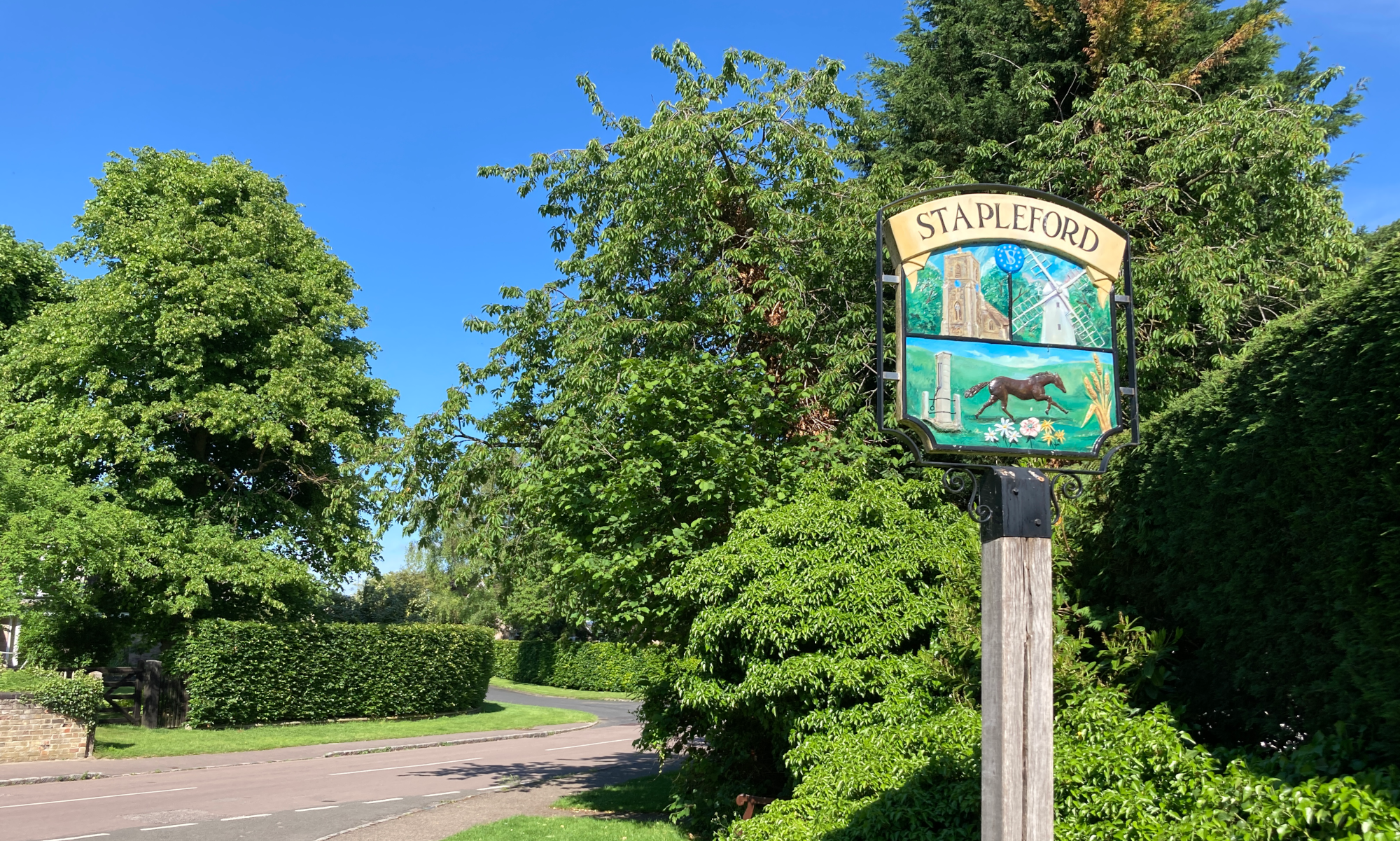Stapleford History Society 9th July 2019
Ports, Waterways and Railways : a talk by Tony Kirby
History Society members were treated to an authoritative lecture on the economic development of East Anglia between the Middle Ages and the present, all disguised as a slide show.
The first slide of a 1911 map clearly shows that the East Anglian coast is “isolated on three sides by the sea and on the fourth by the Great Eastern Railway Company”. Before the 1840s arrival of the railways, the river Ouse and its tributaries led to several small ports importing coal, timber and building materials and exporting corn and occasionally perishables like butter. Cromer was a port even though there was no harbour; Yarmouth was the sixth largest town in the country and the port for Norwich; Kings Lynn, with its Hanseatic warehouse and established connections with the Baltic, was bigger than Cambridge, and Wisbech was Cambridgeshire’s only direct link with the sea.
However, the sea can be an enemy as much as a friend. Not only might it bring enemies -slides of the canons at Southwold reminded us of that – but it can also be a destructive force itself as at Dunwich, where the port was overwhelmed by the sea in the Middle Ages. In addition we saw views of Blakeney’s silted-up estuary and others of pasture land where there had once been a harbour.
The arrival of the railways in this area, during the 1840s, could also be seen as being friend or foe as they took over the commercial function of the waterways. Peterborough became a great railway hub where goods from the Midlands could be much more easily exchanged with those from East Anglia. March “had greatness thrust upon it ”with its massive two miles complex of track at Whitemoor, the biggest marshalling yard in Western Europe at its busiest – and safe from German bombing because of all the German pre-war involvement in its infrastructure. The same site is now more famous for housing one of Her Majesty’s Prisons. Yarmouth became more important as it could now take its fish further inland to new markets. Harwich expanded as a port for travellers to mainland Europe and Felixstowe changed out of all recognition becoming the enormous container port owned by Trinity College, Cambridge.
On the other hand, expansion of some places inevitably led to the contraction of others. The small medieval ports like Wisbech generally lost their importance, as attempts to link the waterways and the railways were never wholly successful. The penultimate slide was of the Wesleyan Chapel built of ginger/brown carstone at St Ives. The stone for this building was the last cargo to be transported up the River Ouse. It wasn’t a long journey: carstone is only found in parts of Norfolk and Cambridgeshire!

